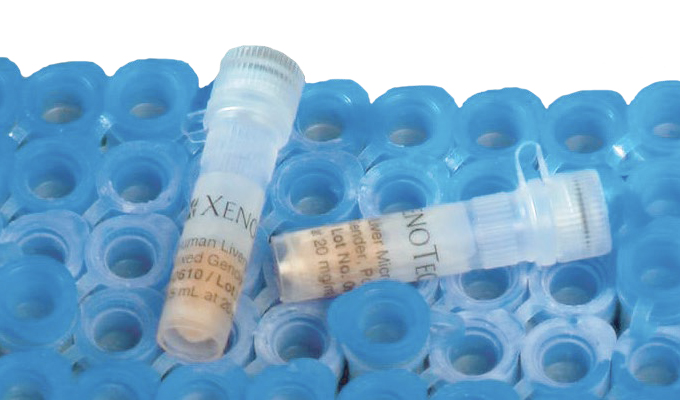In a previous post, we discussed about how important it is to have research tools that allow to study secretome biomarkers outside the usual human and rodents. Either because other species are important research models, or more importantly, because they are the final patient that will be treated, such as pets or cattle.
miRNAs are key mediators in cell processes, allowing to activate or inhibit the expression of certain genes important in different physiological processes. How miRNAs work, and which ones are relevant, are a hot topic of research nowadays, and important advances are being made in areas such as Oncology and the Immune response.
Most advances in the miRNA landscape have been achieved in human or human-derived samples. A few of them in mouse models. But up to now, it was not easy to study this area of Biology in non-human, non-rodent species.
A new miRNA array, based on Toray’s technology, has been released, allowing to study miRNAs in 4 different species: monkey (e.g. Neurodegenerative diseases, such as ALS), pig (e.g. Immunology, Pharmacology and Regenerative Medicine), dog (e.g. Cardiovascular, Respiratory, Digestive and Urinary diseases, as well as studies on surgery and transplant) and zebrafish (e.g. Developmental Biology and Genetics).
Applications of this new array, that includes all miRNAs described for these species up to date, vary from miRNA identification in a preclinical study, to miRNA studies for drug efficiency, safety and pharmacokinetic analysis, biomarker discovery (either as prognostic biomarker or as a drug target), etc.
Working on these animal models? Please leave your message!


